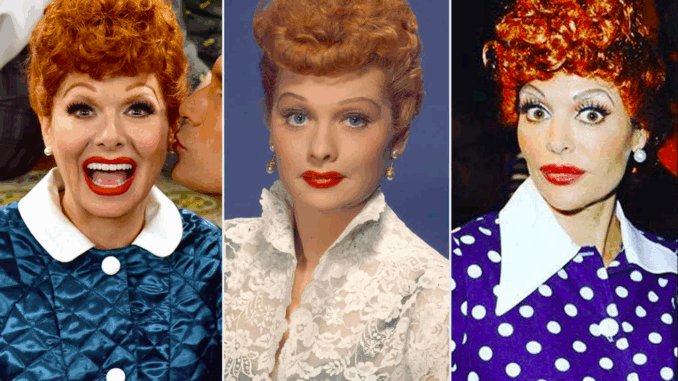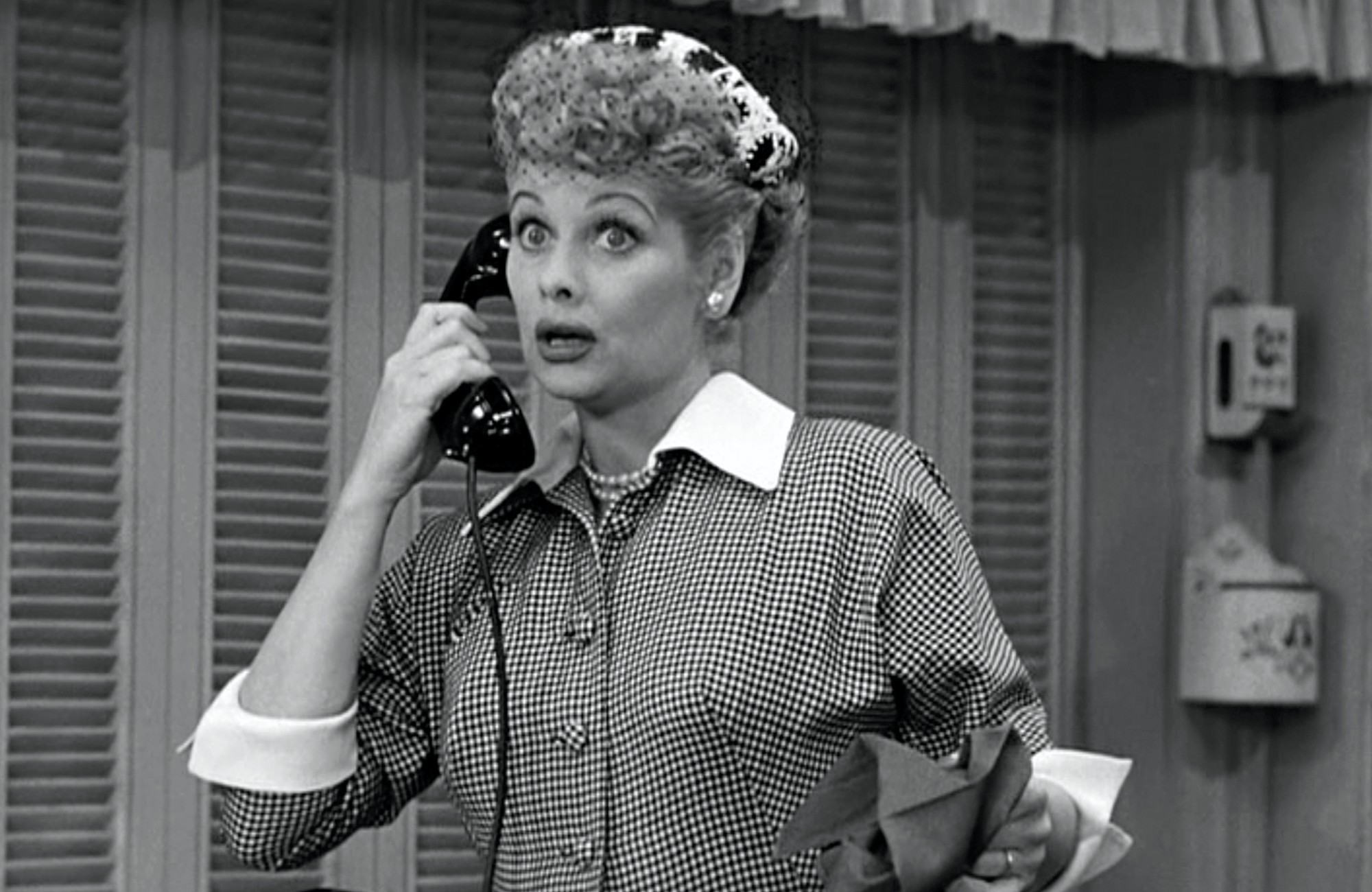
NEED TO KNOW
Lucille Ball once offered a “scathing review” of Desi Arnaz after she discovered he had cheated on her with actress Betty Grable, according to a new book
In Desi Arnaz: The Man Who Invented Television, biographer Todd S. Purdum writes that Arnaz and Ball began dating after meeting on a film set in 1940 — but when Desi went to Chicago for work, he didn’t stop dating other women, too
When Ball found out, she went straight to his home, excoriating Arnaz in front of his mother
A new book is resurfacing the tumultuous relationship of Lucille Ball and Desi Arnaz — and a moment in which another gorgeous actress briefly participated in the romance.
In his new book Desi Arnaz: The Man Who Invented Television, biographer Todd S. Purdum writes that Arnaz was well-known as a ladies’ man and had more than a few “sometime girlfriends” — including American actress and pin-up model, Betty Grable.
It was 1940 when Ball and Arnaz met, after the two were both cast in the musical comedy Too Many Girls. The stars not only hit it off right away, they began a relationship despite the fact they were both in relationships with other people — Ball with director Al Hall, to whom she was briefly engaged, and Arnaz with dancer Renee De Marco.
They broke it off with their significant others to pursue their own relationship, though, as Purdum claims, Arnaz wasn’t faithful to Ball.
After filming wrapped on Too Many Girls, Arnaz went to Chicago to appear in the national company tour of the show, while Ball remained in Hollywood, where she was filming the 1941 film A Girl, a Guy, and a Gob.
While Arnaz dealt with negative reviews of his performance in the press, he also found time for fun — by taking women out behind Ball’s back. Purdum writes that critics’ reviews were “nothing compared to the scathing review Lucille delivered when she found out that Desi had taken out Betty Grable one night while she was busy.”
“When she got wind of this, she drove to the house he now shared with his mother on Wilcox Avenue in Hollywood, barged past Lolita [Arnaz’s mother, who lived at his home] at the front door, and excoriated Desi, who was still in bed, as a two-timing bastard — all with Lolita in earshot,” Purdum writes. “Decades later, in unpublished notes for his memoir, Desi would wonder whether such an outburst should have been a clue that he and Lucille were simply unsuited for each other, that her jealousy (even if it was justified)
Still, Purdum makes clear in the book that Ball “was not naive” about Arnaz’s habits.

From the book: “She was wise in the ways of love and sex and in years to come would deflect a reporter’s query about Desi’s reputation as a ladies’ man with her own show of bravado: ‘I like to play games, too.’ In fact, she was neither so bold nor so insouciant. She was just crazy about him. Lucille’s friends warned her against the match, she would recall, but, she said, ‘I had flipped.’ “
Purdum writes that theirs was a relationship marked by “jealous outbursts and bitter arguments” that oftentimes reached a breaking point.
The couple married in 1940, just one day after getting engaged, and briefly separated in 1944, when Ball filed for divorce and left the couple’s shared ranch in Chatsworth, Calif.
One night before they were to head to divorce court, the two reconciled — but Ball still went to court the next morning, ultimately returning directly to Arnaz’s arms and thereby invalidating the divorce in the eyes of the law.
“She went to court, got the divorce decree from the judge, and came right back and joined Desi in bed again — thus invalidating the breakup under California law, which had a one-year period banning cohabitation after a provisional decree,” Purdum writes. “Cuddled together, they read the afternoon papers announcing their split. After that, they went back to their Desilu ranch — and Desi started coming home on the weekends.”
The two would divorce for good in 1960, after 20 years of marriage.
